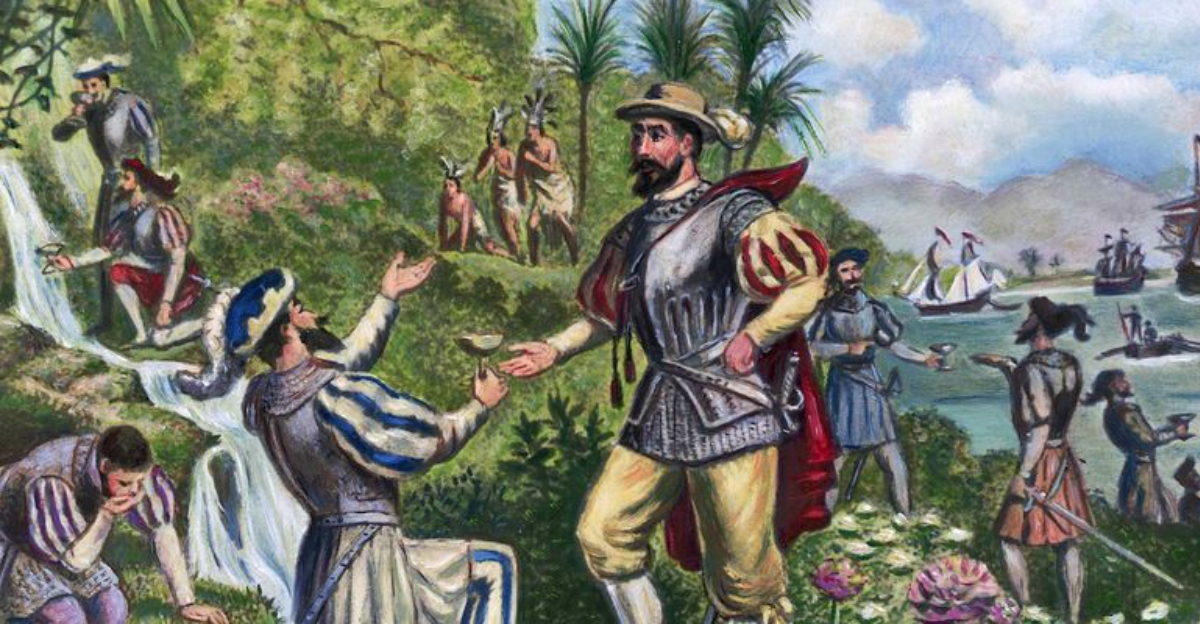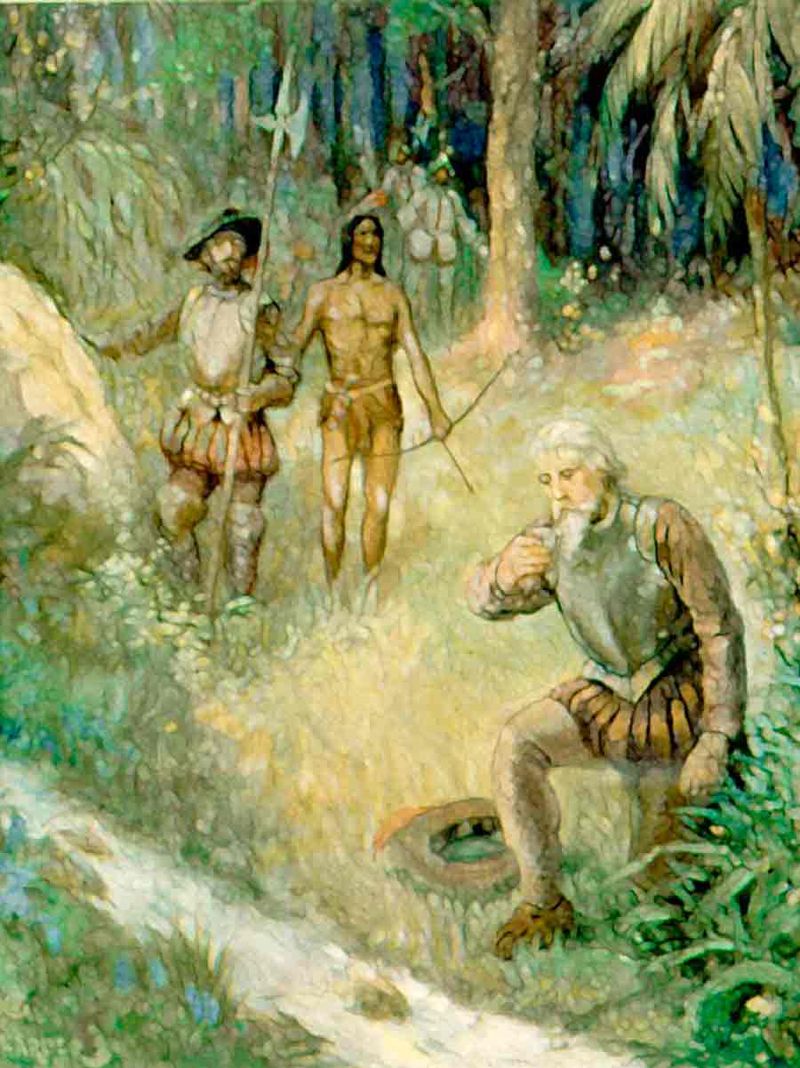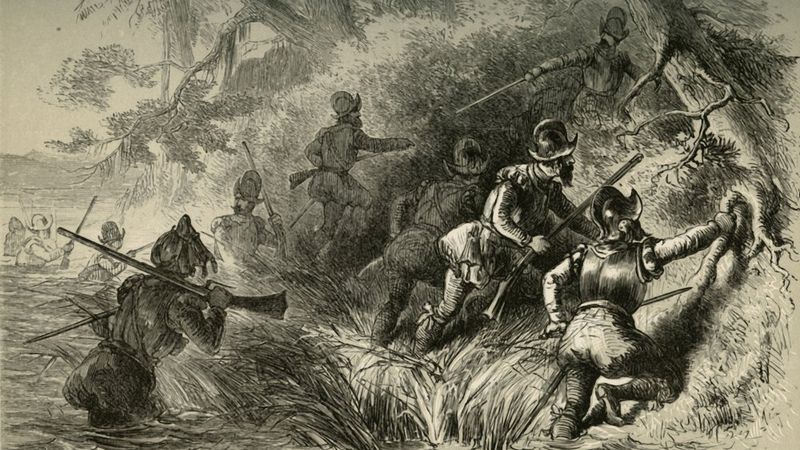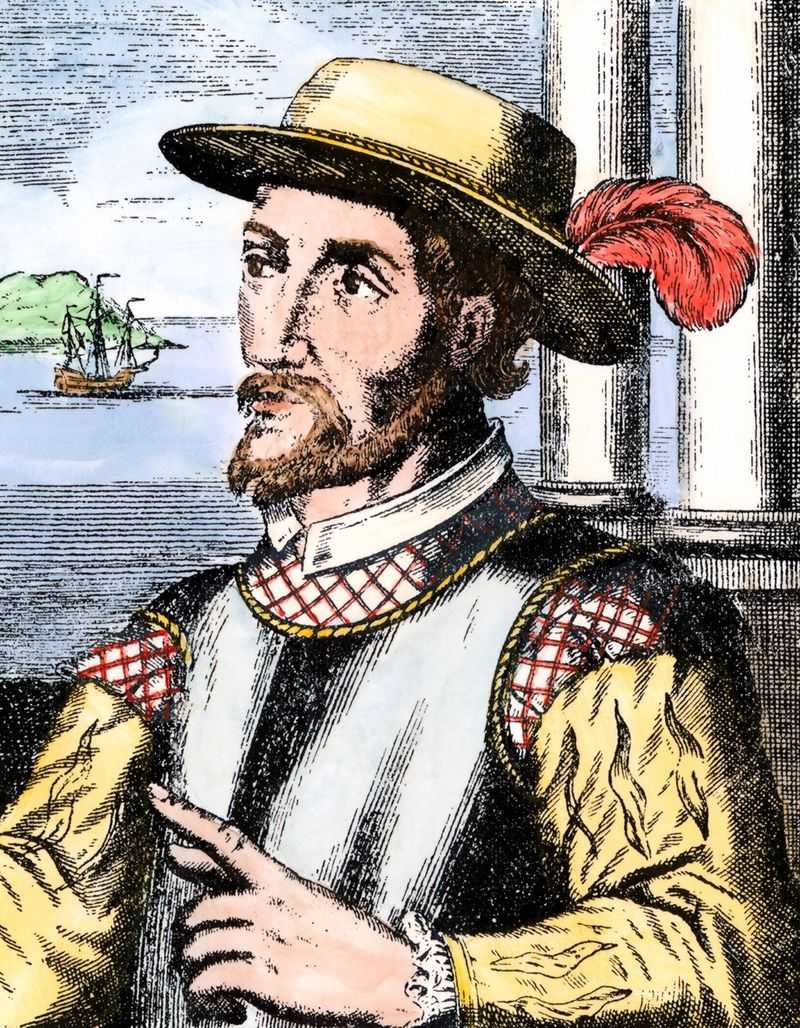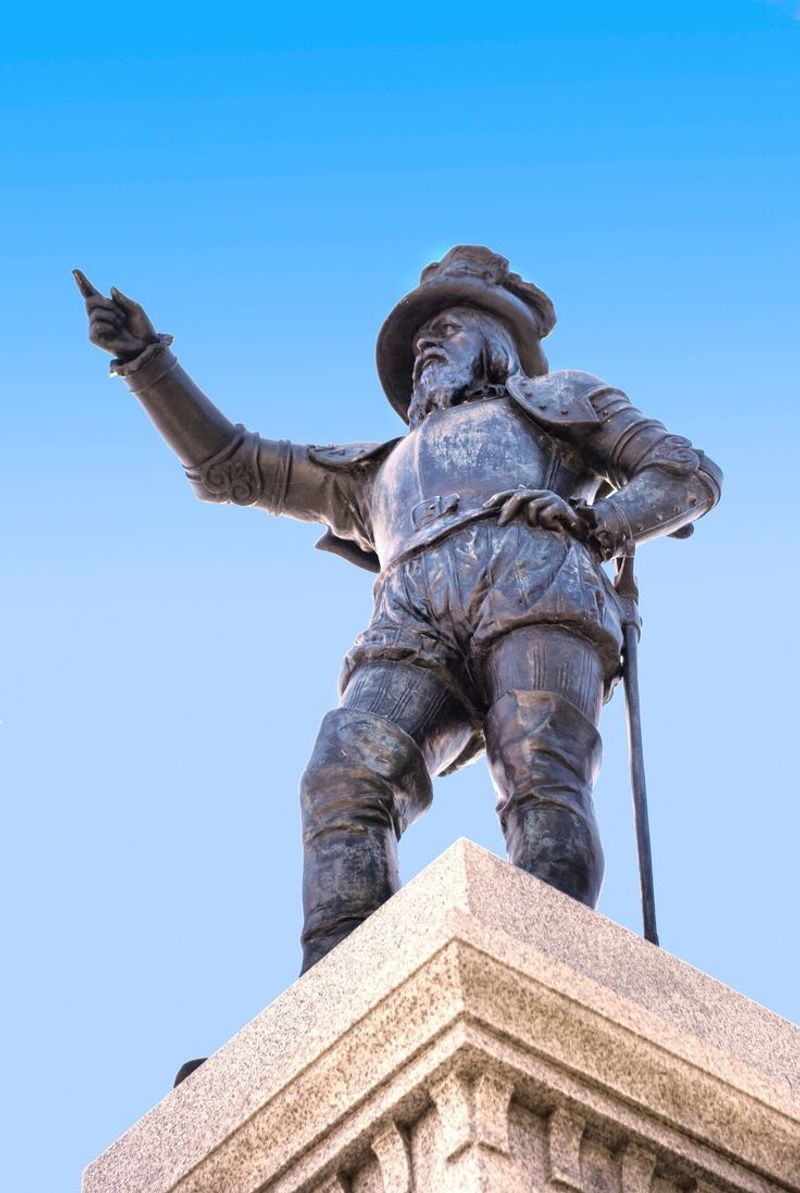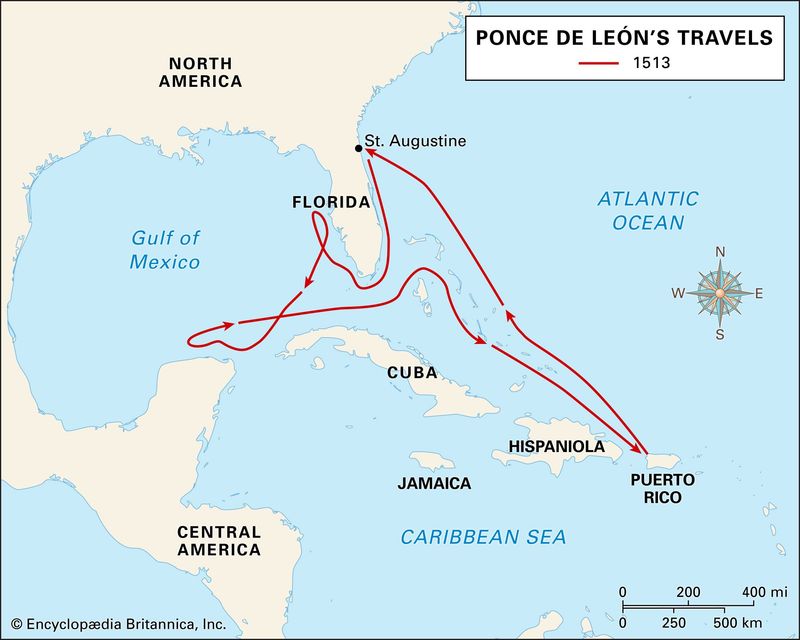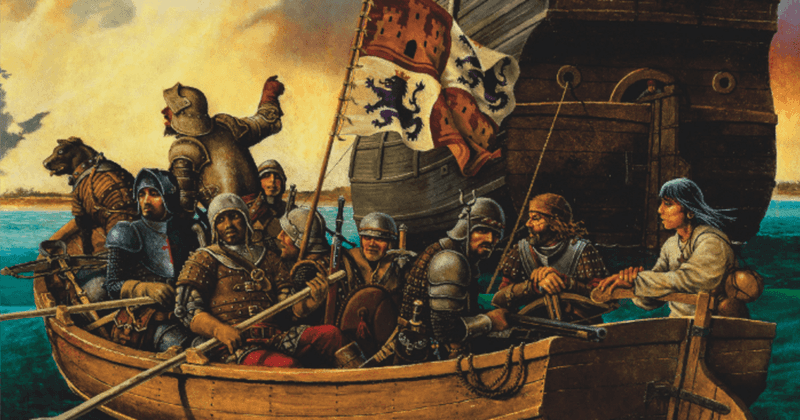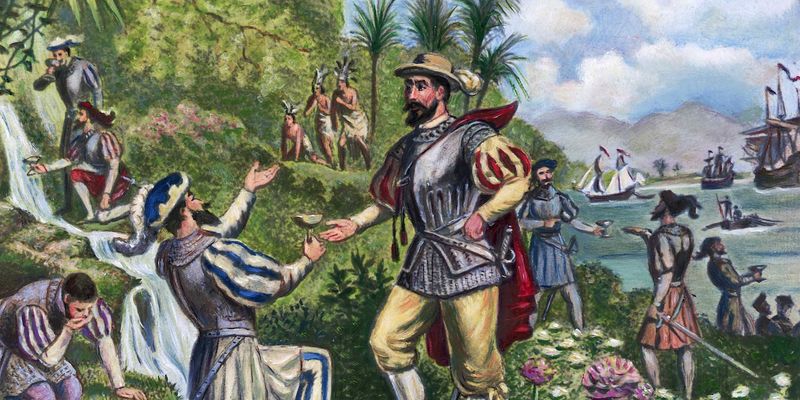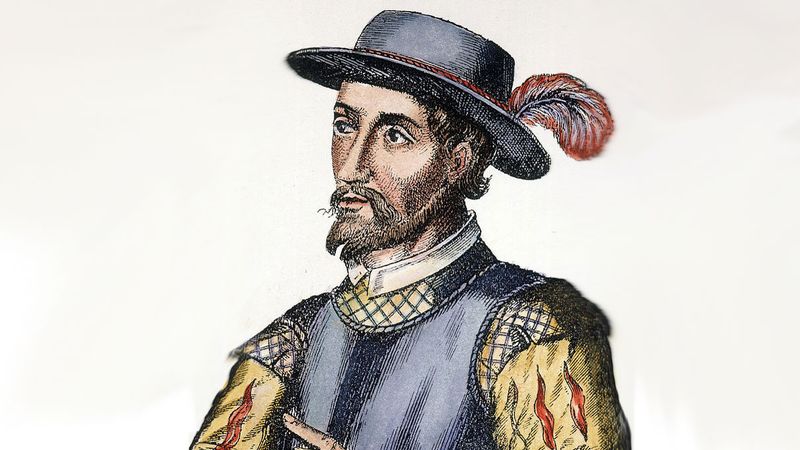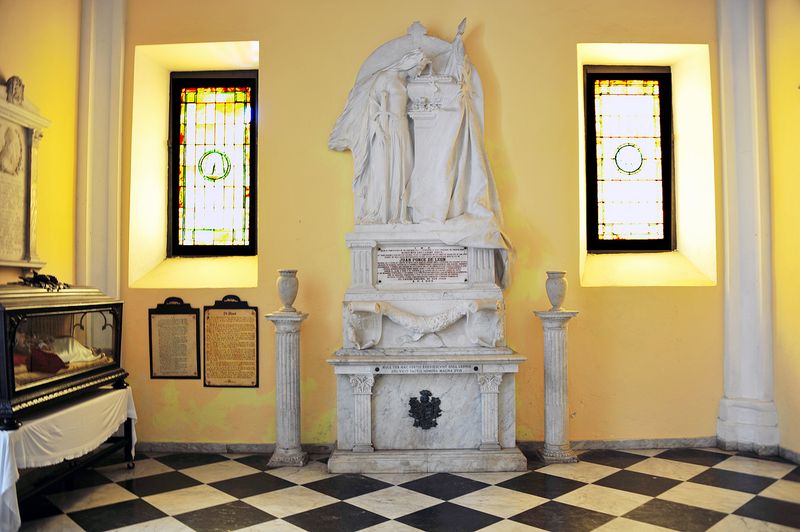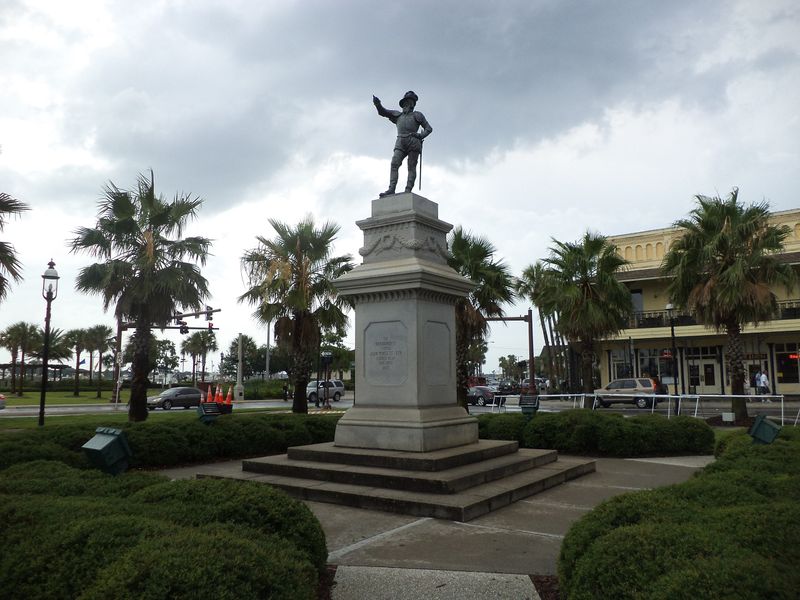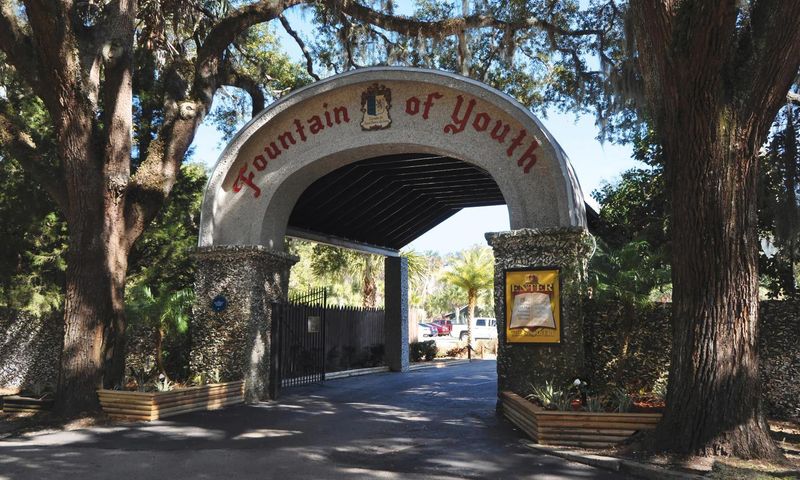We’ve all heard the legend—an adventurous Spanish explorer searching for a magical spring that grants eternal youth. But how much do you really know about Juan Ponce de León? Beyond the tall tales and treasure maps, the real story is full of twists, surprises, and historical quirks. Here are 11 lesser-known facts about the man behind the Fountain of Youth myth.
1. He Never Actually Searched for the Fountain (Seriously)
Juan Ponce de León’s legendary quest for the Fountain of Youth is largely a myth. Historians agree that there is no solid evidence he ever sought such a magical spring. The first written account of this mythical voyage appeared decades after his death, suggesting it was a tale concocted more from fantasy than fact. While captivating, this story overshadows his true contributions and explorations. By focusing on the myth, we often overlook his real ambitions and achievements, which were far less mystical but equally intriguing. The truth of his legacy is much richer than the myths suggest.
2. He Was a Teen Fighter in the Spanish Reconquista
In his early years, Juan Ponce de León was not just an explorer but also a soldier. As a teenager, he joined the military efforts against the Moors in Spain, during the Reconquista. This period shaped his adventurous spirit, and his experiences in the military likely fueled his later quests for glory and territory in the New World. These formative years were marked by intense combat and strategic challenges, embedding a warrior’s ethos into his character. Ponce de León’s youthful bravery was a precursor to his later exploits overseas.
3. He Was One of Columbus’s Crew Members
Ponce de León first glimpsed the New World as a member of Christopher Columbus’s second voyage to the Americas in 1493. This journey marked the beginning of his lifelong connection with exploration and conquest. As a young sailor, he would have been exposed to the vast, uncharted territories that awaited European colonization. This experience laid the groundwork for his own future expeditions as he learned the challenges and rewards of such daring voyages. Sailing with Columbus was a pivotal moment that shaped his destiny as a renowned explorer.
4. He Became the First Governor of Puerto Rico
In 1509, after aiding in the subjugation of Hispaniola, Juan Ponce de León was appointed the first governor of Puerto Rico. His governorship marked a significant achievement, as he extended Spanish influence in the Caribbean. Ponce de León’s administration focused on establishing order and promoting Spanish interests, which included enforcing labor systems and furthering colonization efforts. His leadership solidified his reputation as a formidable figure in the New World. However, his tenure was not without controversy, as tensions with the native Tainos and rival colonists brewed.
5. He Made His Fortune in Gold and Land
Ponce de León was driven by the allure of wealth and power, rather than mythical fountains. His expeditions were primarily aimed at acquiring gold and securing land for the Spanish crown. These ventures not only enriched him but also enhanced his status and influence. His focus on tangible resources over legends highlights his pragmatic approach to exploration. While he became synonymous with the Fountain of Youth, it was his relentless pursuit of riches that truly defined his career. His legacy, therefore, is one of ambition and enterprise.
6. His Famous Florida Landing Was an Accident
Juan Ponce de León’s landing in Florida in 1513 was not a planned conquest but rather a fortuitous discovery. During his quest for new territories, he stumbled upon the land we now know as Florida. Arriving during the Easter season, he named it “La Florida” in tribute to “Pascua Florida.” This serendipitous event marked the beginning of European exploration in what would become the southeastern United States. This accidental discovery was more about strategic expansion than a search for eternal youth, reflecting his broader ambitions.
7. He Thought Florida Was an Island
Like many explorers of his era, Juan Ponce de León initially believed that Florida was an island. This misconception was common as explorers navigated uncharted waters with limited knowledge of the vast continental landscapes. His belief that Florida was an island underscores the challenges faced by early explorers in accurately mapping new territories. This error did not deter his ambitions, as he continued to explore and claim land for Spain. The notion of Florida as an island was eventually corrected, but it serves as a testament to the era’s exploratory uncertainties.
8. His Second Florida Trip Ended in Disaster
Tragedy struck during Juan Ponce de León’s second expedition to Florida in 1521. During a confrontation with Indigenous people, he was wounded by a poisoned arrow. This injury proved fatal, leading to his demise in Cuba shortly afterward. The expedition, initially aimed at establishing a settlement, ended in failure and loss. This event marked a somber end to Ponce de León’s adventurous life, overshadowing his earlier achievements. His untimely death serves as a reminder of the perils faced by explorers venturing into unknown territories.
9. He’s Buried in a Cathedral
Juan Ponce de León’s final resting place is in the Cathedral of San Juan Bautista in San Juan, Puerto Rico. One of the oldest churches in the Americas, this cathedral houses his remains, reflecting his enduring legacy in the region. The choice of such a prestigious burial site underscores his significance as a historical figure. This solemn resting place marks the end of his journey from soldier to explorer and governor. His interment in this cathedral is a tribute to his contributions and the complex historical narratives of his era.
10. His Statue Once Faced Backwards
In a humorous twist, a statue of Juan Ponce de León in St. Augustine, Florida, was once installed facing the wrong direction. Instead of gazing out to the sea he famously sailed, it looked inland, creating a peculiar and amusing sight. This error was eventually corrected, but it remains a lighthearted reminder of the complexities in honoring historical figures. The statue’s backward stance humorously symbolizes the many misconceptions surrounding Ponce de León’s life and exploits, adding a playful chapter to his storied legacy.
11. The Fountain of Youth Legend Boosted Florida Tourism
The myth of the Fountain of Youth has significantly influenced Florida’s historical tourism. In the early 20th century, developers capitalized on this legend to attract visitors. St. Augustine’s “Fountain of Youth Archaeological Park” stands as a testament to the enduring allure of this myth. While historically unfounded, the tale captured imaginations and contributed to the region’s cultural heritage. This blend of myth and tourism highlights how stories shape our understanding of history. The park continues to draw those curious about Ponce de León and the legends that surround him.
